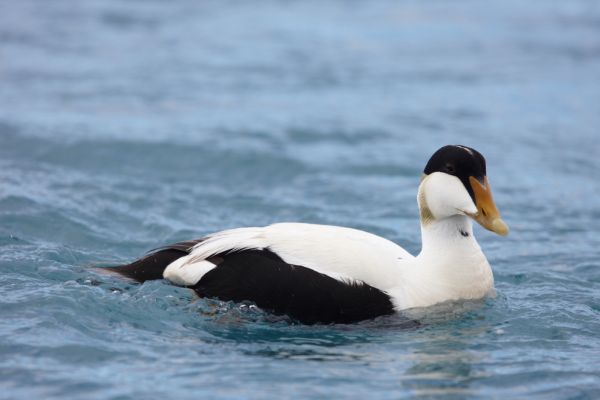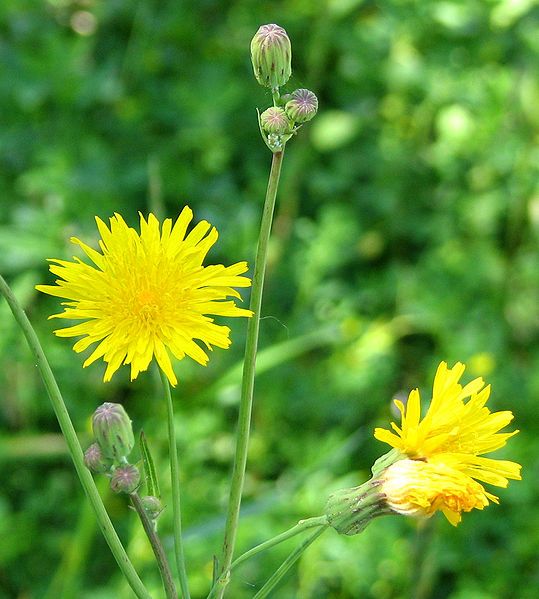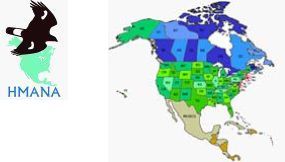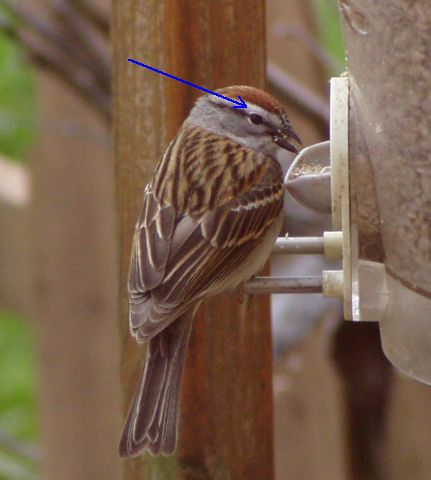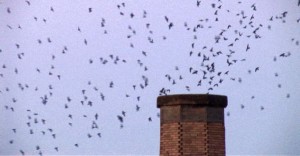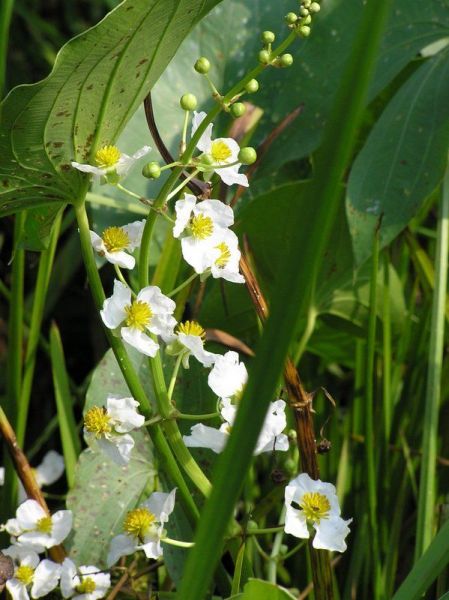
Every year beginning in late August, broad-winged hawks head south on a 4,500 mile journey from their nesting territories in North America to their winter grounds in Central and South America. It’s a journey many of us witness at Pennsylvania hawk watches.
In WQED’s second offering on Things With Wings Sunday (September 26), we will broadcast a beautiful award-winning documentary, Journey of the Broad-winged Hawk.
The program, produced by New Hampshire Public Television, traces the journey of the hawks and connects with people who watch them along the way.
It starts in New Hampshire’s White Mountains where we learn how the hawks ride thermals, pauses at Hawk Mountain to watch the migration, then travels down to Corpus Christi where huge kettles of broad-wings fly by during the week of September 23-30. By the time the hawks reach Texas there are more than 540,000 of them on the move.
Some broad-wings will spend the winter in Ecuador so the program follows them there to highlight two beautiful places — Maquipucuna Preserve and Condor Park in Otavalo — where we meet the people of Ecuador who protect bird habitat and educate others about birds.
Along the way we learn that, for broad-winged hawks our mountains and coastlines are highways and both New Hampshire and Ecuador are “home.”
The hawks and their journey connect us across two continents.
Don’t miss Journey of the Broad-winged Hawk on Things with Wings Sunday, September 26 at 3:00pm.
(photo of Ecuador’s mountains from NHPTV’s Journey of the Broad-winged Hawk)


